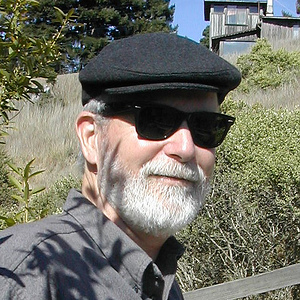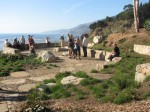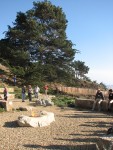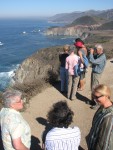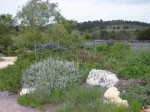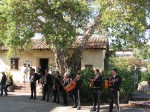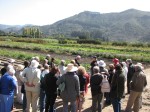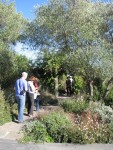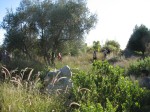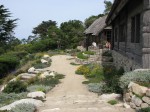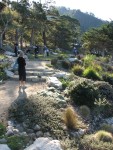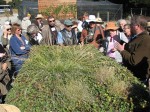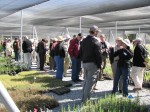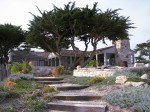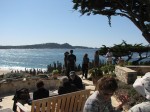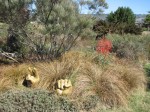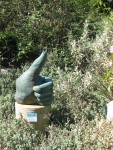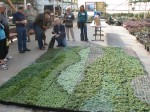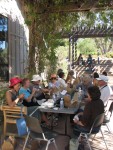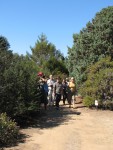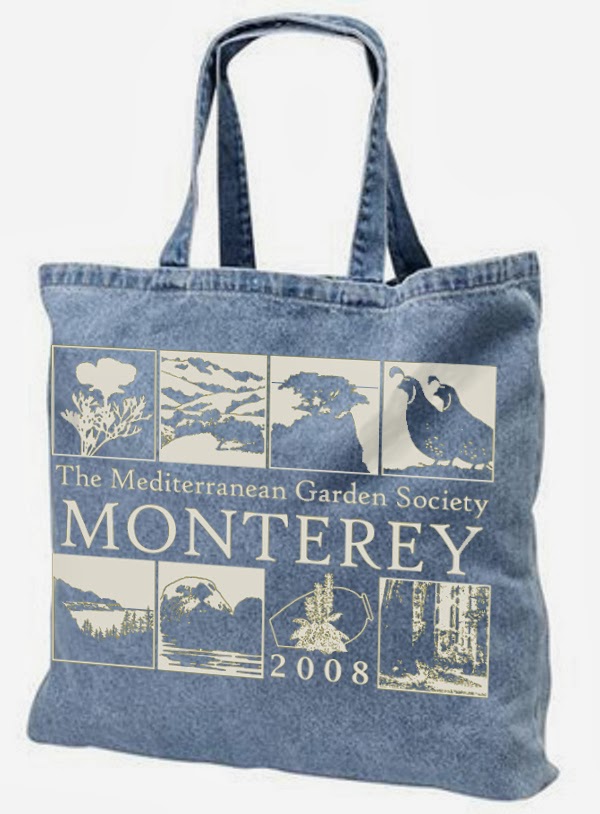
For the past couple of months in 2004, I was experiencing strange symptoms that not only confused me, but also my doctor! My wife and I are avid walkers but when doing our normal walks, I was getting a tingling sensation in my arms and strange feelings in my back. I wondered if I had hurt my back somehow that was causing nerve problems. My doctor ran various tests over some weeks to ascertain the problem.
At some point, he and a consulting cardiologist seemed to have suspicions that that did not share with me – instead they firmly insisted on an ‘exploratory angioplasty’. As the day came for this procedure, I came to realize just how emphatic they were that this happen!! I tried not to get stressed about it, but it was clearly concerning to everyone, including my wife and kids.
During the operation, I was fully awake and they had me ‘watch’ the procedure on a video screen above the operating table. The live x-ray image was fuzzy (and I was not able to wear my glasses!) and I was uncertain of what I was seeing (the x-ray image I was given later, above, was easier to understand).
The most significant part of the procedure was that the probe they inserted through the artery in my groin region was COLD! When I mentioned this to the doctor and his assistants, they all stopped, saying there was no way I could been feeling that (i.e. there are no nerves to detect temperature in this part of the body). I told them that I did indeed feel it and it was quite a shock! They found the blockage and used a ‘balloon tool’ in the probe to push it aside and open the artery.
The process went well and I was placed in a ward with about a dozen other gentlemen who also had the same operation. The next morning, each of them were discharged, one by one. When it came to me, I mentioned that I was having a new pain in my chest, very different from before. It felt as if something was bruised, torn, etc. Not having heard such a complaint after an angioplasty, they decided to go in again (via my other leg artery).
My family rushed to the hospital upon hearing this!! Fortunately, they found that all was as expected, even though I was in pain. I was provided morphine and kept overnight for observation.
I felt this pain, on and off, for a couple of weeks after the operation. My doctor posited that the reason for this pain was that my artery walls were very thick (not due to cholesterol buildup – they were just naturally very thick. The ‘balloon’ procedure must have torn as these walls more than usual, causing the pain I felt.
I felt very fortunate that things played out the way they did for me – my blockage was apparently just ‘soft plaque’ that had flopped or folded in a way to create a blockage in an artery sending blood to my lungs (i.e. not to me brain, which could have killed me!). It was also a wake-up call for me to pay better attention to my health. Since then I have been more vigilant and careful, eating better and losing weight. Yes, I believe I was very lucky!
